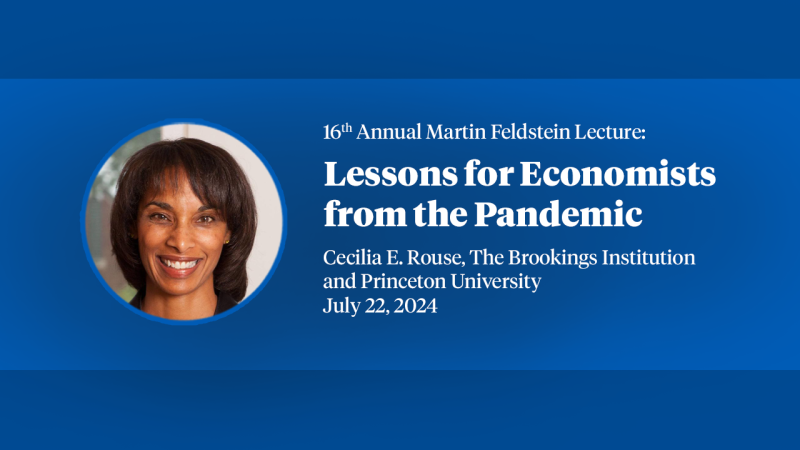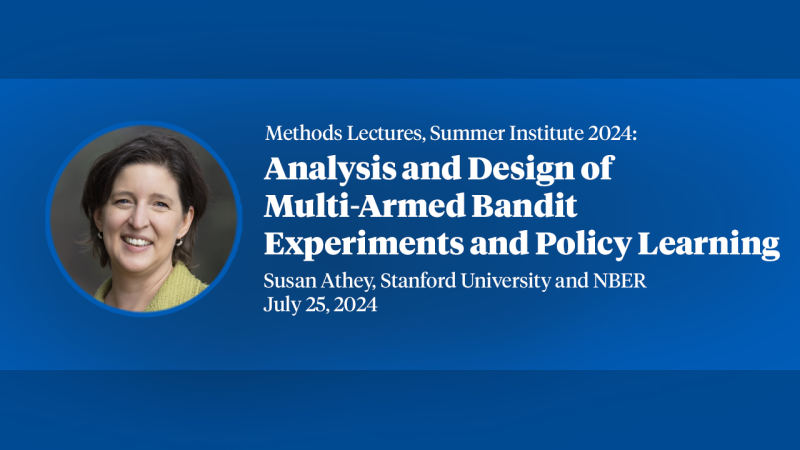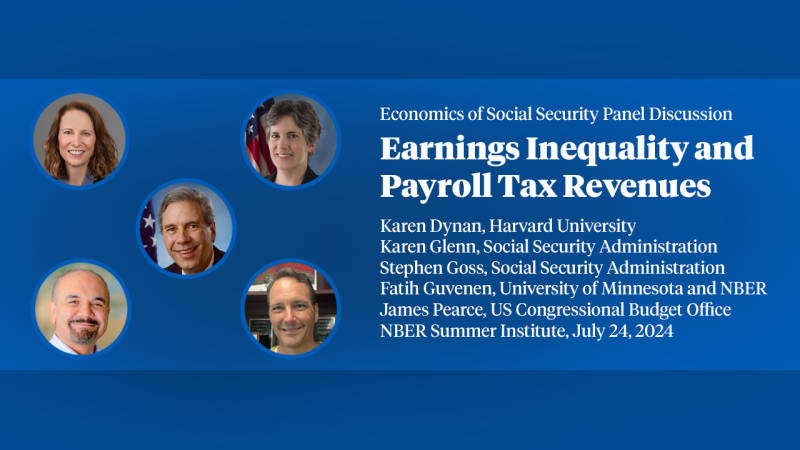Conviction, Incarceration, and Recidivism: Understanding the Revolving Door
Noncarceral conviction is a common outcome of criminal court cases: for every individual incarcerated, there are approximately three who were recently convicted but not sentenced to prison or jail. We extend the binary-treatment judge IV framework to settings with multiple treatments and use it to study the consequences of noncarceral conviction. We outline assumptions under which widely-used 2SLS regressions recover margin-specific treatment effects, relate these assumptions to models of judge decision-making, and derive an expression that provides intuition about the direction and magnitude of asymptotic bias when a key assumption on judge decision-making is not met. We find that noncarceral conviction (relative to dismissal) leads to a large and long-lasting increase in recidivism for felony defendants in Virginia. In contrast, incarceration (relative to noncarceral conviction) leads to a short-run reduction in recidivism, consistent with incapacitation. Our empirical results suggest that noncarceral felony conviction is an important and overlooked driver of recidivism.


